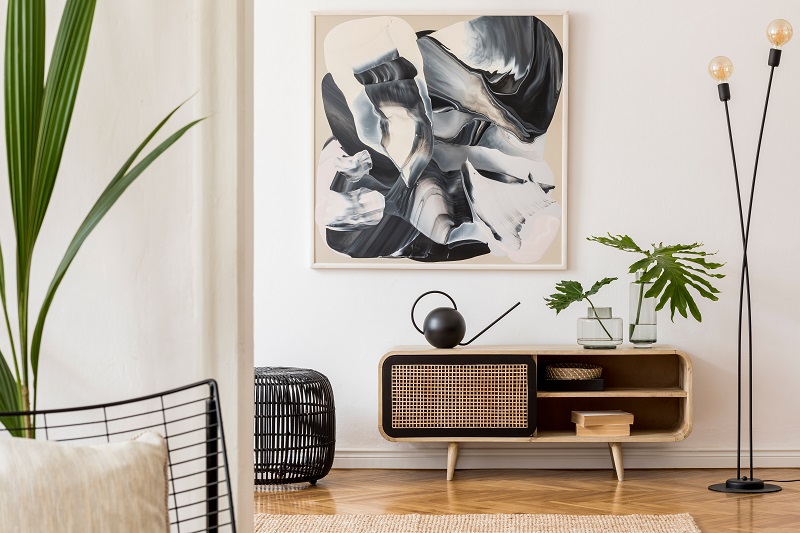Wall Art Size Guide: Essential Tips for Photographers
As professional photographers, you're likely familiar with the significance of displaying your work in a manner that highlights its beauty and impact. The right wall art can transform a space, but choosing the appropriate size is critical. This wall art size guide will help you make informed decisions, ensuring your art complements its surroundings while capturing the viewer's attention.

Understanding the Importance of Size
The size of the artwork plays a pivotal role in its overall impact. A piece that's too small may get lost on a large wall, while one that's too large can overwhelm a space. As a photographer, you must consider the dimensions of both the artwork and the wall it will adorn. Proper sizing ensures your art stands out without overpowering the room.
Guidelines for Selecting the Right Size
Consider the Wall Space
Begin by measuring the wall space where your art will hang. A common rule is to aim for the artwork to occupy around two-thirds to three-quarters of the available wall space. This balance allows your piece to command attention without feeling cramped or overly dominant.
Match the Room's Scale
Consider the room's scale and the furniture in it. A large, open room with high ceilings can accommodate bigger pieces, while smaller rooms or those with intricate decor might benefit from smaller, more subtle works. Understanding this dynamic is crucial in ensuring your art feels integrated within its environment.
Use Templates for Visualization
To visualize how different sizes might fit your space, use paper templates or digital mock-ups. This technique allows you to experiment with various configurations and find the perfect fit without commitment. Its a practical tool for both clients and photographers to ensure satisfaction.
Wall Art Size Guide for Different Rooms
Living Rooms
The living room often serves as the focal point of a home, making it an ideal place for your most impressive work. Consider larger pieces or a series of smaller works to create a gallery wall. Ensure the art complements existing furniture and decor.
Bedrooms
For bedrooms, consider art that promotes relaxation and tranquility. A large piece above the bed can serve as a stunning focal point, while smaller works can enhance the room's ambiance without overwhelming it. Balance is key.
Hallways and Entryways
These spaces often benefit from smaller, vertically-oriented pieces that guide the eye along the corridor. A series of related works can create a narrative journey, inviting viewers to explore your art as they move through the space.
Practical Tips for Installation
Height Matters
When hanging art, the center of the piece should generally be at eye level, approximately 57-60 inches from the floor. This standard ensures that the artwork is easily viewable and comfortable for most people to enjoy.
Consider Groupings
If youre displaying multiple pieces, treat them as a cohesive unit. The spacing between each piece should be consistent, typically around 2-3 inches apart. This uniformity helps create a harmonious display that feels intentional and curated.
Final Thoughts
Understanding the intricacies of sizing is essential for photographers who want to showcase their work effectively. By considering the space, scale, and hanging guidelines, you can ensure your art enhances any environment. For more inspiration on displaying your photography, check out creating cohesive wall displays and explore acrylic wall art options to find the perfect fit for your needs. Additionally, Wayfair's guide offers excellent ideas for integrating large art into home interiors.

FAQ
What size should my wall art be?
As a rule of thumb, aim for the artwork to occupy two-thirds to three-quarters of the wall space. Consider the room's scale and use templates for visualization.
How high should I hang my artwork?
The center of the artwork should be at eye level, typically 57-60 inches from the floor.
Can I combine different art sizes?
Absolutely! Grouping different art sizes can create a dynamic display. Ensure consistent spacing, and treat the arrangement as a cohesive unit.

